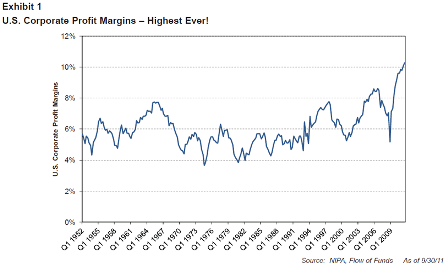Saudi Oil Minister: There’s No Shortage of Supply
By Amena Bakr
March 1 (Reuters) — Top oil exporter Saudi Arabia sought to soothe fears about high oil prices, saying on Tuesday world supplies were well in excess of demand and that $125-a-barrel crude prices were not justified given the anemic state of the world economy.
Cleverly trying disguise their role as swing producer/price setter.
Saudi Oil Minister Ali al-Naimi said the kingdom had satisfied all of its customers’ requests for oil and stood ready to raise output to full capacity of 12.5 million barrels per day (bpd), if needed.
Yes, at their posted prices. That’s how monopoly works. The monopolist sets price and lets quantity demanded adjust.
“I want to assure you that there is no shortage of supply in the market,” Naimi told reporters at a press briefing in Doha, Qatar. “We are ready and willing to put more oil on the market, but you need a buyer.”
As the only nation with said excess capacity, they are necessarily swing producer/price setter.
Oil is trading above $123, just $24 short of an all-time high, as tighter Western sanctions on Iran threaten to slow the country’s exports.
“Oil prices today are unjustifiable on a supply and demand basis,” said Naimi. “We really don’t understand why the prices are behaving the way they are.”
Oh really? How about because that’s where you are setting your prices?
Try lowering your prices by $10 and see what happens?
He said supply of oil was now out-pacing demand by more than 1 million bpd and that customers were not asking for extra crude.
Right, at their posted prices.
“From our point of view, we have had no customer not satisfied. We have satisfied every request for every customer that has come asking,” said Naimi. “We ask the customers, ‘Do you need more?’ and invariably the answer is ‘No thank you.'”
Yes, that’s how monopoly works.
Riyadh is now pumping 9.9 million bpd – the highest in decades – and is willing to produce at full capacity of 12.5 million bpd immediately, should demand warrant, Naimi said. He said he expected output next month to stay at 9.9 million bpd.
Saudi spare production capacity now stands at 2.5 million bpd, he said.
And no one else has any spare capacity to speak of.
“We spent a lot of money building that capacity. We finished building it in 2009, and it is there to be used,” said Naimi.
Yes, they would like more demand at their posted prices.
How hard is this to understand?
The risk now is that WTI converges to Brent when the new pipeline out of Cushing starts flowing, which will be June 1 last I heard.
Storage inside the kingdom was full and Riyadh was holding about 10 million barrels outside of Saudi Arabia in Rotterdam, Sidi Kerir and Okinawa, he said.
“Our inventories both in Saudi Arabia and worldwide are full.”


